Dry Needle Therapy
Dry needling can reduce myofascial pain & tightness related to trigger points.
How does Dry Needling Work?
Muscles can develop restriction, or a trigger point (knot) due to prolonged periods of contraction from injury or overuse. The constant muscle contraction discourages blood supply to the knot, causing pain, immobility, and irritated nerves. During a dry needle therapy session, a needle is inserted into the knot. This alerts the brain to increase blood flow to the area, allowing for the delivery of nutrient filled and oxygenated blood supply to the area, which effectively resolves stiffness and movement impairment. The inflammatory response will break up the restriction allowing the body to absorb it through the lymphatic system and relieve pressure and pain on pinched nerves. It also stimulates the brain to release endorphins, which reduces pain and causes the immune system to activate for healing benefits.
What does it Feel Like to have Dry Needling Done?
As the needle enters into the trigger point a mildly discomforting twitch response can be felt. On some occasions patients report feeling immediate relief or improved mobility, for others it can take a couple of days to feel the effects. There may be some slight discomfort that feels like muscle soreness after a workout where the needle was inserted in and around the trigger point.
Is Dry Needling Like Acupuncture?
Dry needling and acupuncture differ in technique and their theory for how and where needles are placed. Dry needling is used to stimulate and release muscles, while acupuncture does not use stimulation but healing points. Unlike acupuncture, dry needling is focused on myofascial pain and does not inject medication into the body.


